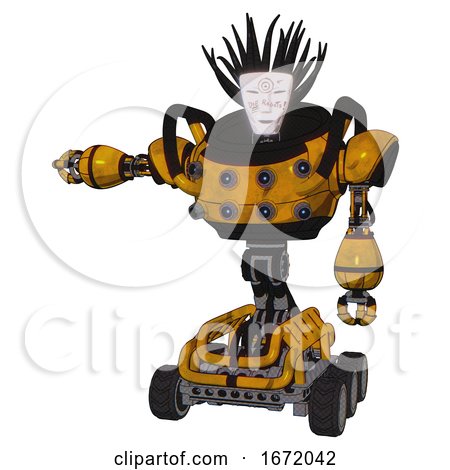
In particular, we examined the effect of affective responses on trust, which is regarded as a critical cognitive factor influencing technology adoption, in two service contexts: hotel reception (low expertise) and tutoring (high expertise). To address these issues, this study explored affective and cognitive responses to humanoids in specific service situations. Additionally, few studies have examined the impact of affective responses presented in the UCV to other appraisals of humanoids. Given that humanoids function in the world beyond laboratories, investigating the UCV in specific and actual situations is critical. One current limitation is that the model has only been examined in general or context-free situations. Despite its extraordinary worth, this model remains untested in certain respects. Neither Tesla nor Elon Musk responded to a request for interview.The uncanny valley (UCV) model is an influential human–robot interaction theory that explains the relationship between the resemblance that robots have to humans and attitudes toward robots.

“They also should be able to get it walking around on flat surfaces pretty quickly, but other human-level tasks like grasping will take a few years of research and a lot of innovation.” I think their goal of a hardware prototype within a year is totally feasible, but with probably half of their desired power and some sort of weight compromise,” says Richter. Florian Richter at the University of California, San Diego, points to the Atlas robot from Boston Dynamics which can run, jump and perform a range of tasks, but which also has a bulky body and a large backpack-style battery pack. Others believe that the technology is possible, but not in the slender form that Musk promises. It needs reliable hardware, a robust control algorithm that can prevent the robot falling, recover from a fall, and detect and avoid obstacles, and these may take years,” he says. “Getting a prototype to walk for some short demos is not that challenging for their clever engineers, but getting humanoid robots to reliably operate in daily life is another story. He expects Tesla to hit its target of demonstrating a prototype of some kind, but perhaps encounter problems bringing it to market. Zhongyu Li at the University of California, Berkeley, says he admires the vision, but thinks the deadline is “very ambitious”. “How to reproduce senses that allow tactile feedback is also a big problem.” “It’s very difficult to develop robot hands that can perform the same tasks as a human,” he says. Musk himself has admitted that he lacks punctuality but insists that most of his predictions come to pass eventually. All of those deadlines have been or are due to be missed.
HUMANOID AUTOMATRONS FULL
He has long touted the imminent arrival of full autonomy for his cars scheduled a Tesla lorry for production in 2020 and a Cybertruck soon after in 2021. Musk promised to have a million self-driving taxis on the road by 2020.

But there have also been failures and delays.

Tesla has achieved a great deal since Musk founded the electric car firm in 2003: building a valuation of $1 trillion, selling in excess of half a million cars and installing a global network of more than 2000 charging stations for them. In August 2021, Elon Musk announced that Tesla would build a humanoid robot designed to “eliminate dangerous, repetitive, boring tasks” and respond to voice commands, promising to show off a prototype in 2022. An image of the Optimus robot released by Tesla


 0 kommentar(er)
0 kommentar(er)
